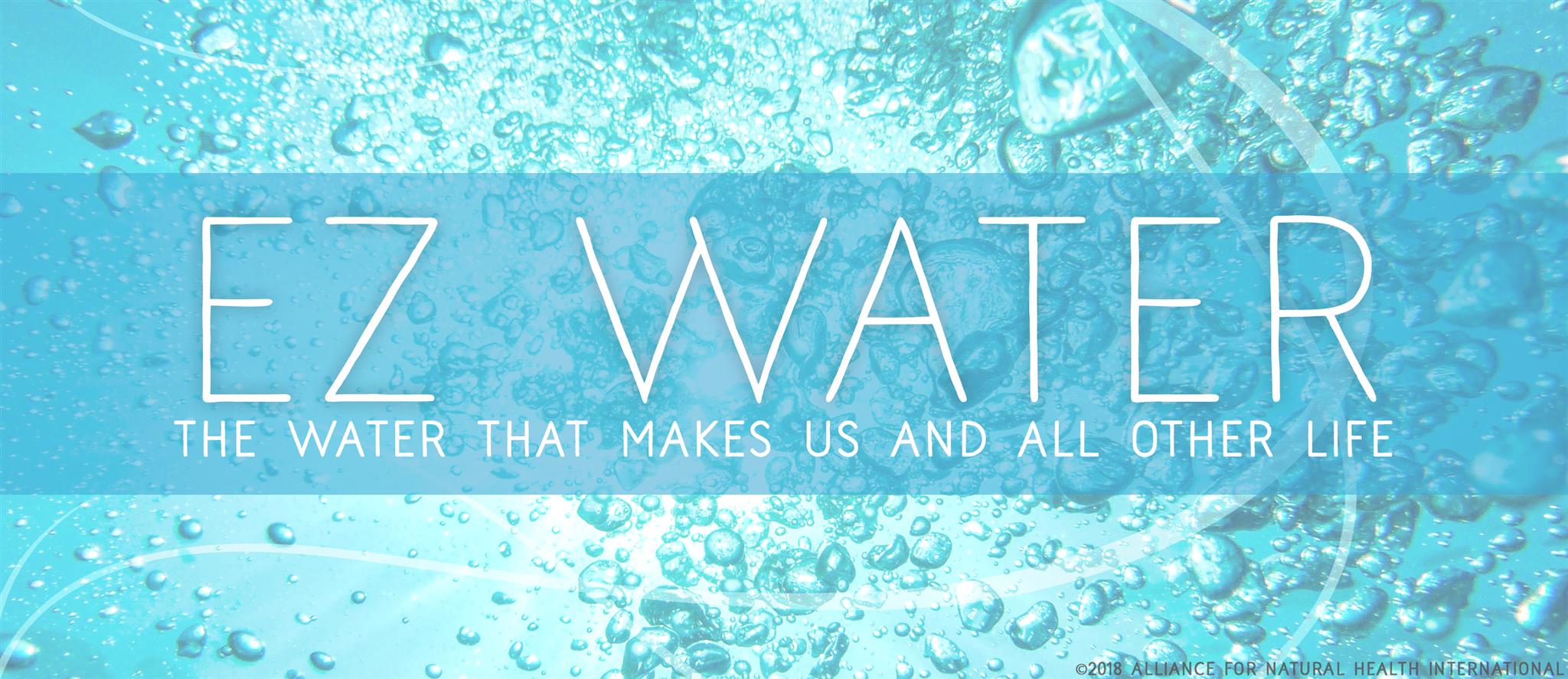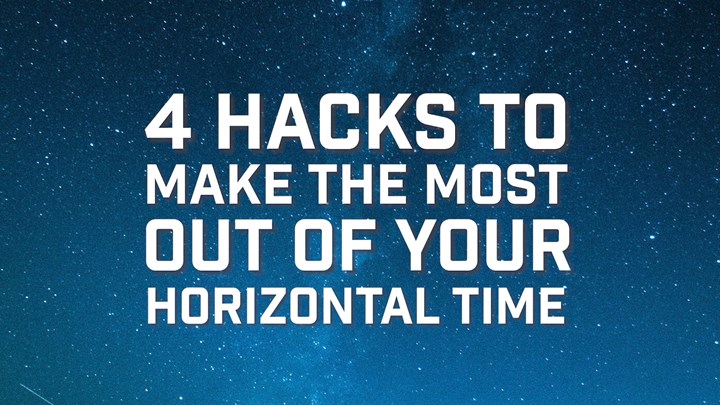Content Sections
By Meleni Aldridge, executive coordinator
What if food and drink isn’t our only source of energy? What if we’re more like plants than we’ve been taught? And what if water really does have memory? If you could answer ‘yes’ to all those questions, would it change the way you view your body and live your life?
In amongst the cacophony of data lining the annals of science, once in a while there appears essential research that decodes another part of the complexity that is nature. Fourth phase water is the extraordinary discovery of Professor Gerald Pollack, professor of bioengineering, and his team at the University of Washington in Seattle. It fits this description aptly.
Speaking at the Royal Society of Medicine in London on Saturday 14th July, Prof Pollack flung open the door in quantum consciousness to demonstrate how water functions on our planet, and in particular within all living organisms. Given that we are 70% water, the revelations change our entire perception of what life is and how it functions. They also open the door to a cascade of new opportunities for humankind.
Human plants
Harking back to basic primary school science we all learned that green plants soak up sunlight and convert it into chemical energy (photosynthesis) which in turn drives the plant’s metabolism. When plants receive light, they split the water into positive and negative ions creating the first step in photosynthesis. Essentially the plant behaves like a battery.
But what if we humans are solar powered too? Well, it seems we are. Pollack’s ground-breaking research shows that we too split water into positive and negative ions using light to make energy.
You’ll know our bodies are mostly water. But when water meets certain water-loving (hydrophilic) materials it splits into positive and negative charges. It also forms a negatively charged matrix built from molecules composed of three hydrogen and two oxygen atoms, or H3O2. The layers that form are not just a few molecules deep – they may be millions of molecules deep. They form a layer of negatively-charged, structured water that Pollack has termed an ‘exclusion zone’ – EZ for short and EZ (ee-zee) to remember. Well it is if you’re speaking American! The word is derived from this specific form of water that has an insatiable tendency to exclude substances, somewhat like ice.
Pollack and his team have gone on to refer to this structured water, that they suggest makes up the majority of the water within living systems, as the fourth phase of water. Everyone’s already familiar with the other 3 phases – ice, liquid and vapour, but this fourth phase is distinctly different from bulk water, or H20.
Stumbling onto the truth
The link between the EZ and light was found totally by accident when one of Pollack’s students moved his angle light over the experiment he was conducting and found that the EZ grew wherever the light was directed.
Having repeated the experiment many times, the researchers have proven that by directing more light at living organisms and membranes, the EZ grows. The light in essence, is feeding the growth. As the EZ grows, there is an increased separation of charge which also creates electrical energy. Thus, water behaves as a light-driven battery and, remarkably, our cells behave in the same way. For many of us, this is important information, as we've often thought the primary benefits of sunlight were down to producing vitamin D. It's yet another reason why we feel so good when the sun shines and we make the time to soak it up.
This EZ water, that draws its electromagnetic energy from the sun, helps the body to undertake numerous tasks that drive internal metabolism, akin to a form of human photosynthesis. The surface of water also contains an EZ right under the meniscus. The more light, the deeper the EZ, creating structure in the water. Pollack argues that the ability of tiny droplets to persist on top of water surfaces, or even the ability of the Jesus Christ Lizard of Costa Rica, demonstrate the effect of EZ water that could not occur from surface tension (that exists only in a single molecular layer) alone.
In fact, it’s the only explanation we have for how red blood cells are pushed through the narrow, smaller spaces offered by surface capillaries. It seems we’d need 1000 times more pressure than the heart provides to do that job alone – talk about high blood pressure!
The power of EZ water
In the cells you have large macro proteins which are water-loving, or hydrophilic. Beyond the membranes are the EZs, with their negative charge. As our cells are so full of proteins and their EZs, the negatively charged EZs practically fill the entire cell. These negative charges repel the positive ions in the water beyond, creating potential energy in the process. This energy causes protein folding. For example, a muscle cell that contracts and allows you to jump. We couldn’t do that without the EZ, but when the EZs are non-existent or reduced, muscle cells can’t function properly.
So now we know that light is one of the main players in building our EZs. The EZ builds negative charge, which creates energy and in turn drives the work of the cells and the folding of proteins. Our mitochondria are the energy factories in the cell. But the multiple membranes in the mitochrondrion cell are all hydrophilic, creating EZs and building charge.
Thus, alongside the calories derived from food, fat or ketones burned as ATP (energy), Pollack’s work tells us that light-powered EZs provide an additional and essential, hitherto unknown, source of energy. The water is transducing the light into EZ, converting it to mechanical energy which keeps the water flowing into cells and through narrow capillaries without a massive increase in blood pressure.
So, fuel isn’t just about food, it’s also about light, which is ubiquitous, free and completely reliable. Isn’t nature magical?
Water’s storage capacity
The concept of water being able to store information surfaced in the late `80s, but unsurprisingly the reaction was one of scepticism. Because science saw water molecules as jiggling around randomly at a furious pace it seemed impossible for there to exist the potential for long-term memory in water.
This has all changed now that EZ water has been discovered and widely accepted. Pollack and team have established that there is a structural lattice in water that is essentially fixed.
“Oxygen and hydrogen atoms lodge at fixed positions within the lattice, and if any one of those atoms could get modified, that would constitute information. Modification possibilities abound: oxygen atoms have five possible oxidation states: -2, -1, 0, +1, +2. Hence the potential for high-density information storage is extraordinary.”
“Many experiments from various laboratories have reported information storage in water. We are actively pursuing that line of investigation to identify possible ways in which information can be input, stored, and read out of, water. This could be critically important. EZ water could constitute the future of high-capacity computer memory. And, EZ water-based information could be critical for health.”
- Professor Gerald Pollack
Pollack’s team are working with commercial partners on ways of using water for information storage, believing it to be superior to the current standard for information storage, namely silicon.
Building your EZs for better health
Here are a few actions you can take to enhance your fueling for health and vitality
- Become a better human plant and seek the sun!
- Stay hydrated, drinking fresh, clean water – the raw material – builds EZ
- Have a daily green juice, where you’re literally extracting EZ water from plant cells and putting it into your cells
- Turmeric, coconut water, coconut oil and ghee have all been found by Pollack’s team to expand your EZ quotient – something the ancient traditions have known for centuries
- Get your fibre intake to over 30g a day
- Probiotics build EZ
- Have regular saunas, or better still, install an infrared sauna into your home - infrared light builds EZ powerfully and effectively
- Engage in regular, daily, grounding/earthing - walk barefoot on the beach or the earth which is negatively charged. You soak up the negative charge which in turn builds EZ.
- Given that water has the ability to store memory, engage in regular mindfulness practice and focus on that which gives you joy and fills your heart (and your water) with love!
Things that damage your precious EZ:
- Lack of sunshine
- Dehydration
- Lack of sleep
- Lack of physical activity (to maintain and build muscle and tone)
- Too many diuretics e.g. coffee and alcohol
- Excess sugar (that isn’t worked off with exercise or that damages your protein reserves so you can’t make enough EZ)
- Excess stress
- Anaesthetics (shared by Pollack at the RSM conference) decrease EZ and there’s a good chance toxins do the same because they’re positively charged.
- Pollution
- Pesticide/chemical exposure (incl. glyphosate)
Listen to Professor Gerald Pollack’s TedX talk
Read more about it in Prof Gerald Pollack’s book, ‘The Fourth Phase of Water’ (Ebner & Sons, 2013).
You can also ready a fascinating summary of the the work of Gerry Pollack and his team at the University of Washington in an article in EdgeScience (2013): The Fourth Phase of Water: Beyond Solid, Liquid and Vapour.
... and be EZ!








Comments
your voice counts
18 July 2018 at 9:09 pm
Great article - thank you! And yet another reason to get outside and get into the sun!
19 July 2018 at 12:02 am
Fascinating, thank you!
19 July 2018 at 10:42 am
Thank you for this fascinating article! I am not a medic or practicing scientist - though I did teach biology and other science for around 30 years. I have always been sceptical about homeopathy but my mind is changed now that a possible mechanism is available to explain how homeopathy might well work.
19 July 2018 at 10:57 am
And of course validates homeopathy!
22 July 2018 at 3:03 pm
I had been R&D in Ruby Sapphire Rutile ..crystal growing ceramics 1980s
Now remineralize hydrogen pH rase NMR lower waters by biocera crystals filters medias.
Wish to more know your ideas about waters
24 July 2018 at 1:48 am
phenomenal!!! congratulations to your lab and thank you to your work as a researcher and for your findings that will help all of us!
now i feel much more at EZ.
Your voice counts
We welcome your comments and are very interested in your point of view, but we ask that you keep them relevant to the article, that they be civil and without commercial links. All comments are moderated prior to being published. We reserve the right to edit or not publish comments that we consider abusive or offensive.
There is extra content here from a third party provider. You will be unable to see this content unless you agree to allow Content Cookies. Cookie Preferences